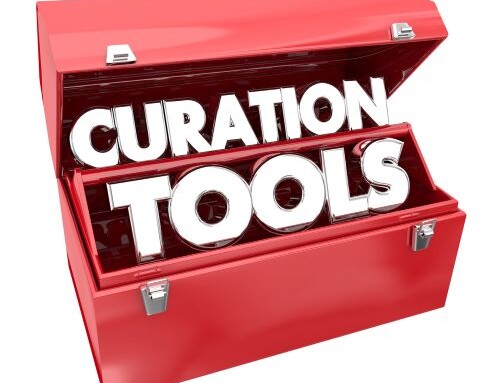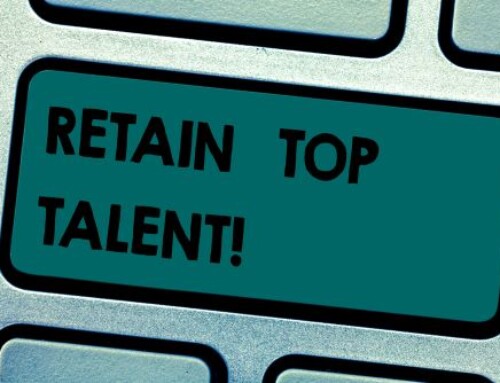Understanding is the ability to comprehend something. It is to be sympathetic and aware of another person’s feelings, to be tolerant and forgiving. It is also an agreement between two or more people, “I understand we are going lunch.” It can also be an understanding between two groups, i.e., management and a union. It can also be a more complicated concept.
When boarding an airplane, you can understand the basic aerodynamic science that allows an aircraft to fly, but do you actually know how to build a plane? Do you know how to fly one? Can you repair it? The list goes on.
Someone may have a basic understanding of something, but one doesn’t have to know it to succeed. Knowing is acquiring the skill, and understanding is processing the information we gain.
Understanding is generally characterized by comprehension, empathy, and possessing judgment and intelligence. Leaders, the people who we look to for direction, may not know how to do the same jobs as employees, but they do understand several things:
- They understand they need to be honest with themselves, including what they can and cannot do.
- They understand how to recognize and develop talent to maximize their team.
- They understand they will need to make decisions others can’t or will not make.
- They understand that some of their decisions will be wrong, will require accountability, and may have a negative impact on employees.
- They understand that people follow a mission and vision, not a plan.
Leaders at all levels need and must have understanding in their skill toolbox.
- Understanding isn’t about just passing on information. It’s not just about recalling that information. It’s about understanding the values, growth, career, revenue, market share, competitors, environment, etc. Leaders need to invest time physically and emotionally into understanding their people.
- For leaders to be effective, they can’t just pass out information (e.g., the vision and mission) because it’s the people who bring the vision and mission to life with their training, skills, and technology. The people know their job and understand that their work is required to move forward. Leaders need to know that as well.
Judgment versus Understanding
Leadership carries with it judgment of the discretionary kind, such as decision-making and delegation. Unfortunately, leaders are like any other human and can judge others.
Unlike understanding, judging doesn’t require thinking or reasoning. Instead, judging is really about a limited perspective. It’s how we define the world for ourselves. When we judge, we try to make someone else see the world as we do. We can give our opinion but criticizing or not understanding another person will not help them.
To distinguish between judgment versus understanding, ponder these questions:
- What do you hope to achieve?
- Does the goal have a positive intent for the other person?
- How will the other person feel when they hear/read the comment or experience the behavior?
- What could be the other person’s perspective?
Judging can negatively impact a workplace.
Being judged can bring negative feelings that make individuals question their intelligence, decisions, beliefs, and character, resulting in hurt, shame, guilt, and even anger. In its most simplistic form, judging is feedback or advice without empathy.
CAUTION –
- Someone who voices a different opinion is NOT judgment unless it lacks empathy.
For example:
“People who take dogs out in public without leashes are irresponsible,” is an opinion.
“You’re telling me that you take your dog out in public without a leash?” is a judgment.
The difference: The first is merely an opinion, not directed at anyone. However, the second has emotion attached and is directed at someone in particular.
What does judgment look like, and sound like in the workplace?
- General Signs
- Lack of objectivity
- Lack of trust
- All-or-nothing thinking
- Perfectionism
- Micro-managing
- Drama seeking
- Self-critical/low-self esteem
- Difficulty receiving feedback, even polite and well-intended
- Offering unsolicited advice
- Prickly to everyone, not just one or two people
- Feedback is almost always negative
- Verbal Judgment Cues
- “I’ve already shown you how that is done.”
- “Is there anything you can do by yourself?”
- “I did exactly what you asked me to do.”
- “Do we really need to do this report again?”
- “If we used the ABC system, this wouldn’t have happened.”
- “Are you going to make the deadline or miss it like last time?”
- “You’re actually eating that for lunch?”
- Body Language Cues
- Eye rolling or taking long blinks
- Taking deep breaths or sighing
- Drum rolling fingers or tapping feet
- Pressing lips together tightly
- Looking you up and down
- Crossing arms tightly
Incorporating Understanding, Recognition, and Empathy into the Workplace
Here are some suggestions for leaders to demonstrate understanding, recognition, and empathy: (1)
- Be Authentic – You can’t force empathy. Leaders can’t be disinterested in their employees because it will be apparent. The only way for you to win their trust is to be authentic. Don’t hide your emotions. If you’re happy, show it. If you’re angry, show it. (Of course, temper your anger so that it isn’t out of control.) These are human traits that make you relatable and approachable.
- Recognize different perspectives – Distinguish the differences in your people, the way they process changes, their emotions, their thoughts, etc., to understand your business sentiment. Some people may be initially resistant and need time to warm to the idea. Others may appear cold but are simply processing. Yet others may be disagreeable merely because they felt left out of the process, while others may be outspoken and flat out disagree with you. You may disagree with what they’re saying – but you need to recognize that other perspectives should be taken seriously. Many business leaders assume that their ideas are shared and reflected throughout the company. This belief is simply not the case. Failing to listen to employees and customers will usually lead to poor business decisions and disengaged stakeholders at all levels.
Perspectives can change in an instant. Assume for a moment that you are riding on a bus, and you observe a young man with a child. The child is about five years old and is making a fuss, banging on things, hitting, and screaming. People are judging that young man, “He’s ignoring his child,” “What kind of parent is he?” “Doesn’t he see that his child is disrupting the entire bus?”
You are so annoyed that you finally say something, “Sir, please take care of your child. He’s disrupting the entire bus.” The young man looks up, as if he had been asleep, and says, obviously through a mental fog, “I’m sorry. We just came from the hospital where his mother is ill, and I guess he doesn’t know how to handle it. Sorry.”
In that instant, people go from judging and being irritated to sympathetic and empathetic.
Leaders need to recognize that each one of the employees has a story they bring into the workplace. The leaders who seek to understand these stories will excel as leaders.
- Be self-aware & compassionate – It’s hard to relate to your people and understand their views. You will rarely fully understand their experiences and journeys, so you must try to connect with the emotion(s) they are displaying. Find out how they’re feeling. To help you understand, compare it to when you felt something similar: “How did you feel when your boss ignored you?” “How did you like performing that task?” Self-reflection will help you develop a vital awareness of what your people are saying and how they feel. It will also help you be more compassionate and tuned into people’s mood changes.
- Ask, listen, reflect – The best way to understand how someone feels is to ask them. This approach is widely overlooked. This lack of listening leads leadership teams to lose touch with their staff and make assumptions instead of discovering what would help people.
- Implement people analytics – You probably don’t have the time to speak to everyone daily and empathize with their feelings and concerns. Most leaders don’t. Send employee engagement groups out or send out happiness surveys to gather real-time feedback from your people to understand how everyone is feeling. You will be able to ascertain the workplace environment and address the primary business concerns and focus areas. This will help you easily create empathetic and meaningful action plans to boost culture, engagement, and overall workplace happiness.
- Be an empathetic leader – When you learn to understand your people better, the workforce will trust you more and feel empowered to achieve the company mission. Learning to be more empathetic is one of the most effective skills a business leader can learn. This is especially true in today’s working climate, where employees are vested in workplace cultures that mirror values that are important to them. Leaders who build and maintain relationships will be successful.
Understanding in the workplace is characterized by authenticity, empathy, reflection, and emotional intelligence. Highly effective leaders must master these skills to take their company into the future.
Discover more inspiring ideas for exciting experiences that boost morale and engage your people. Contact Gavel International for details.
_____________________________________
SOURCES
- https://blog.deliveringhappiness.com/5-expert-coach-tips-to-become-an-empathetic-understanding-better-leader
- 9 Experiences to Fall in Love with the Renaissance City: Florence, Italy - April 22, 2024
- How to Build Corporate Meeting KPIs that Will Demonstrate ROI to the C-Suite - April 1, 2024
- 3 Reasons Why Travel Incentives Are a Worthwhile Investment - March 18, 2024







